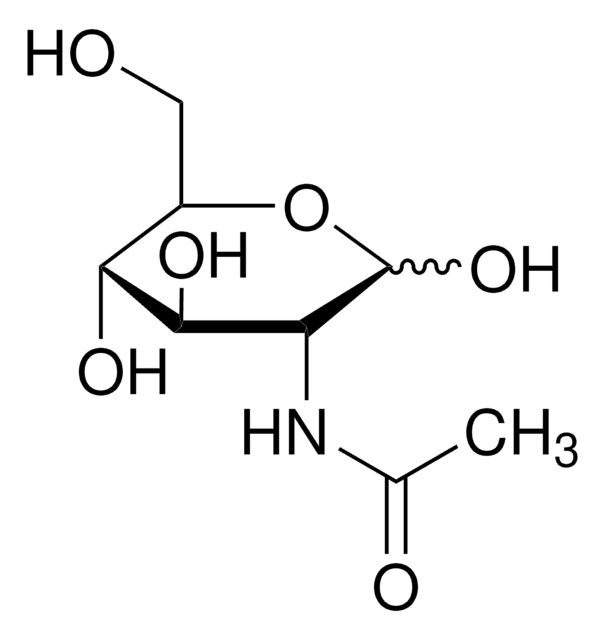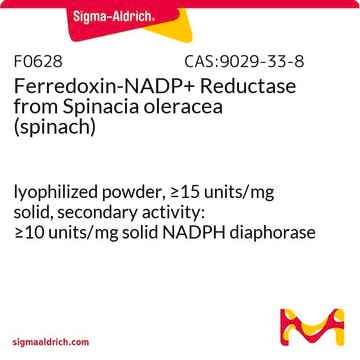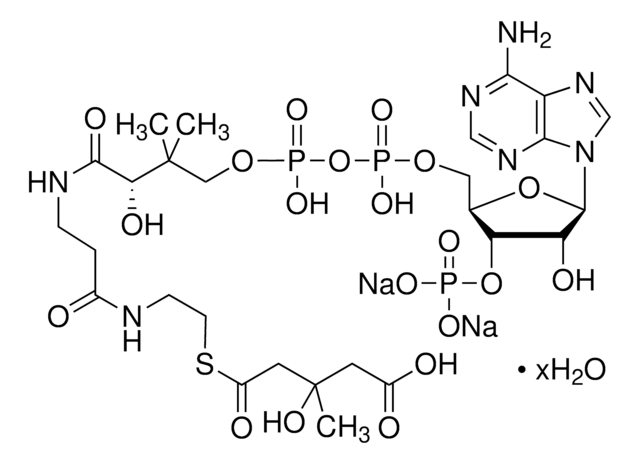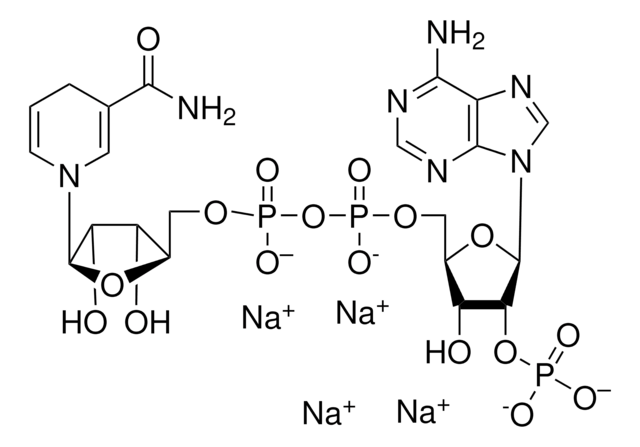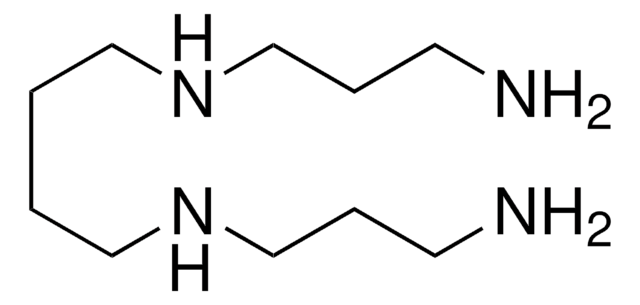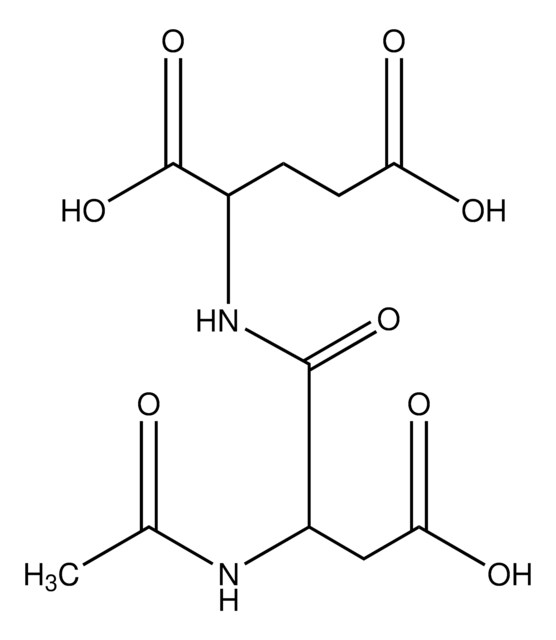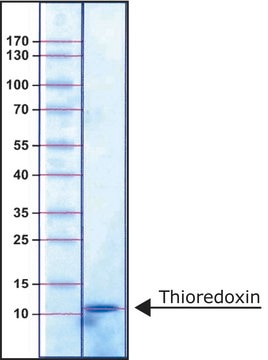F2302
Fractalkine, Chemokine Domain from mouse
>97% (SDS-PAGE), recombinant, expressed in E. coli, lyophilized powder
Synonym(s):
CX3CL-1, Neurotactin
About This Item
Recommended Products
biological source
mouse
Quality Level
recombinant
expressed in E. coli
assay
>97% (SDS-PAGE)
form
lyophilized powder
potency
0.3-3 μg/mL
mol wt
calculated mol wt ~9.5 kDa
packaging
pkg of 25 μg
storage condition
avoid repeated freeze/thaw cycles
impurities
endotoxin, tested
UniProt accession no.
storage temp.
−20°C
Gene Information
mouse ... Cx3cl1(20312)
Related Categories
General description
Biochem/physiol Actions
Physical form
Analysis Note
signalword
Danger
hcodes
Hazard Classifications
Eye Dam. 1 - Skin Irrit. 2
Storage Class
11 - Combustible Solids
wgk_germany
WGK 3
flash_point_f
Not applicable
flash_point_c
Not applicable
Certificates of Analysis (COA)
Search for Certificates of Analysis (COA) by entering the products Lot/Batch Number. Lot and Batch Numbers can be found on a product’s label following the words ‘Lot’ or ‘Batch’.
Already Own This Product?
Find documentation for the products that you have recently purchased in the Document Library.
Our team of scientists has experience in all areas of research including Life Science, Material Science, Chemical Synthesis, Chromatography, Analytical and many others.
Contact Technical Service